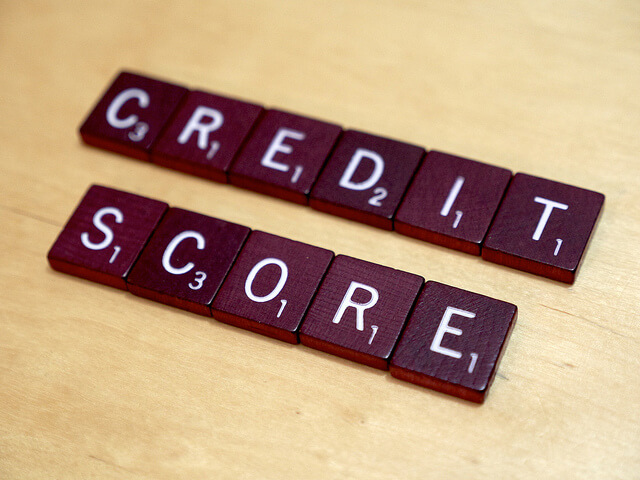Stop With the Credit Card Debt Already
When I was 18, I got my first credit card and quickly racked it up on consumer debt; I bought clothes, jewelry, and nights out. I am not joking when I say that I insisted on having a new outfit every single night that I went out with my friends, which was a couple of times per week.
I always bought cheap clothes off of the sale rack, but the sheer volume of items that I bought really didn’t help my cause at all. It was aweful, seeing $100 interest charges on my statement, while making minimum wage and also being responsible for my living expenses and tuition all at once. I was able to work myself out of it within a year, but as anyone who has watched ads during daytime TV will tell you, getting stuck under mountains of debt ain’t fun. But that doesn’t mean you need to get sucked into cheesy commercials to find the “easy way out of debt”. You can get yourself out of debt.
Credit card debt is usually regarded as “bad debt”, which means it usually accrues high interest, and you don’t benefit from any kind of asset when it’s paid off – like you would when you pay off a mortgage. And because it’s bad debt, it needs to be paid off first.
Low Interest Credit Cards
One way to get on top of credit card debt is to switch to a low interest rate credit card. Low interest credit cards usually charge around 10% p.a. on interest, helping you to save money if you have credit card debt and are carrying a balance month-to-month.
If you have a standard credit card charging 20%+ in interest, then paying down your debt could be a struggle. Cutting the amount of interest you are paying will mean you can pay off more of your debt, while paying less back in interest to your credit card provider.
Use a Calculator
If you want to compare your current credit card to a low interest credit card, try using a credit card calculator to find out how much you could save, just by making the switch.
Check out a credit card comparison website to find the best low interest credit cards on the market, and then use the credit card calculator to see how much you could save.
Make the Switch
When you think you have found the credit card for you, it’s time to look into the small print. Check for any introductory offers (a balance transfer offer could help you pay down your debt even faster), and the reversion rates if necessary.
Check for any income requirements, or any other requirements needed to apply, and check the terms and conditions for fees, so you don’t get stung later on down the line.
If you decide to make the switch to the new low interest credit card, you will need to decide what to do with your old card. If it’s a card you’ve had for a long time, then you may want to consider keeping it, as it can look good on your credit file to have a longstanding relationship with a card provider.
If you do keep the old card, make sure you don’t start racking up debt on it again. If you have trouble with overspending, then keeping the old card could be too much temptation. Think about your options, and cancel any unwanted cards before they get you into trouble again.
Then it’s time to get committed to paying down your debt. You’re paying less in interest so make more of an effort to pay down that debt and get rid of it. Once you have paid off your debt, try to make sure you pay off your balance month-to-month so your debt doesn’t start sneaking up again.

